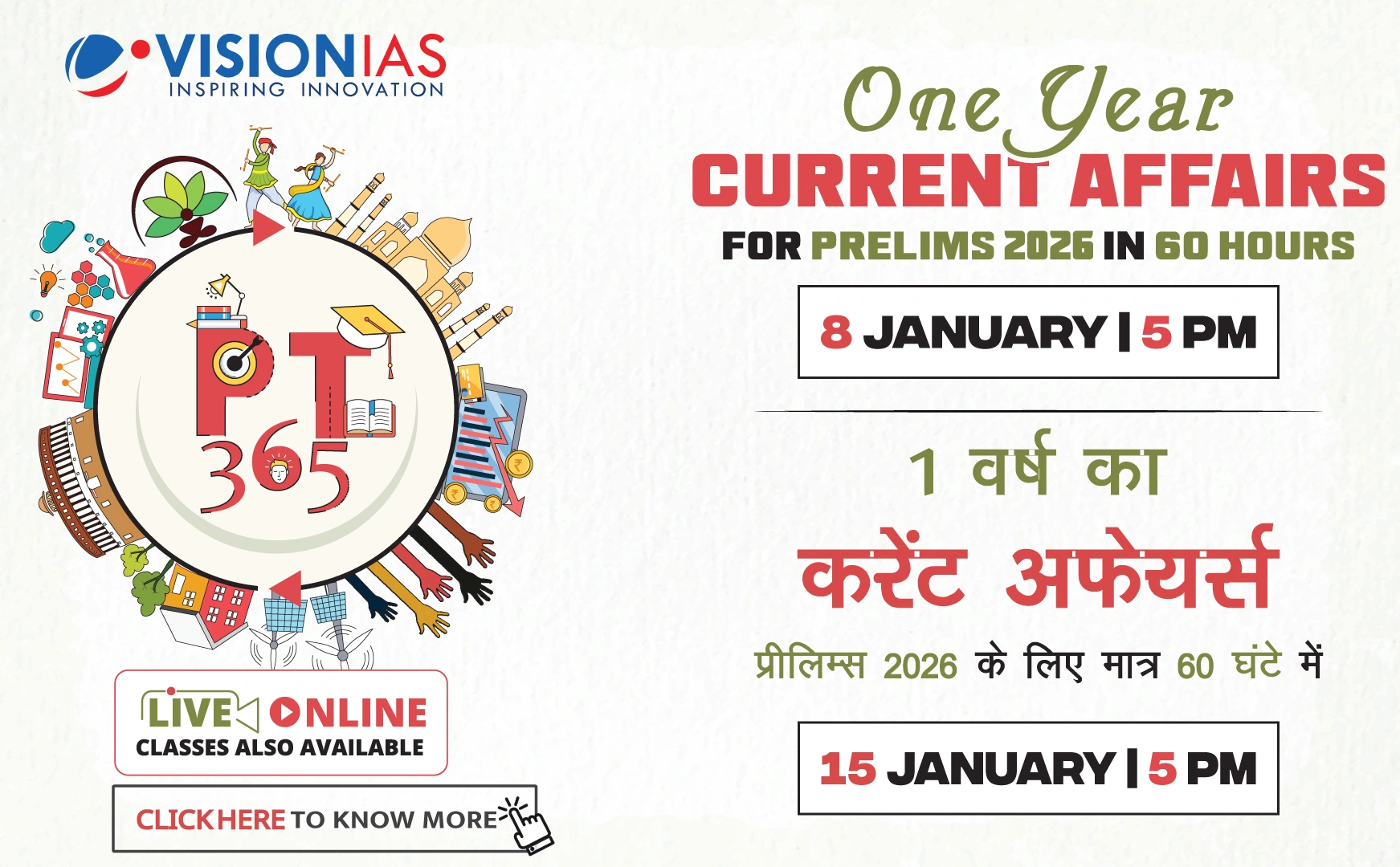Summary of the Delhi Blast Investigation
The recent car explosion near the Red Fort in New Delhi on November 10, which resulted in the deaths of at least 15 people and injured over 30, has highlighted the sophisticated methods employed by modern terror modules. Here are the key aspects of the investigation and its implications:
Key Suspects and Their Methods
- Encrypted Communication: The suspects used the Swiss messaging app Threema, known for high privacy features, to communicate. It provides end-to-end encryption, no metadata storage, and allows message deletion.
- Dead-drop Emails: They used a shared email account to communicate via unsent drafts, avoiding a digital footprint.
- Stockpiling Ammunition: Conducted reconnaissance and stockpiled ammonium nitrate. A red EcoSport vehicle was seized as part of the logistics.
Operational Tactics
- Operational Discipline: Suspects has cut digital ties post-arrest, showcasing high operational security.
- External Linkages: Possible connections to Jaish-e-Mohammed (JeM) or JeM-inspired modules were suggested.
Technological and Legal Challenges
- Surveillance Evasion: Use of encrypted apps, VPNs, and private servers complicates traditional surveillance methods.
- Legal and Policy Solutions:
- Build dedicated digital forensic teams skilled in encrypted-platform analysis.
- Regulate self-hosted communication infrastructure to comply with lawful access.
- Enhance legal frameworks to address threats from encrypted communication.
- Promote community engagement to detect radicalization, especially in professional sectors like academia.
- Strengthen international collaborations to tackle transnational terror threats.
Implications and Strategic Insights
- Rethinking Surveillance: Traditional methods such as phone tapping and email intercepts are less effective against sophisticated digital tradecraft.
- Public Awareness: Emphasize the technical evolution of terror modules integrating digital and traditional methods.
- Strategic Adaptation: States must advance multidisciplinary intelligence and cyber-forensic capabilities to counter these threats effectively.
Overall, the investigation reveals the need for a nuanced approach in counter-terrorism, blending traditional methods with advanced digital forensics and international cooperation to address the evolving tactics of modern terror modules.



